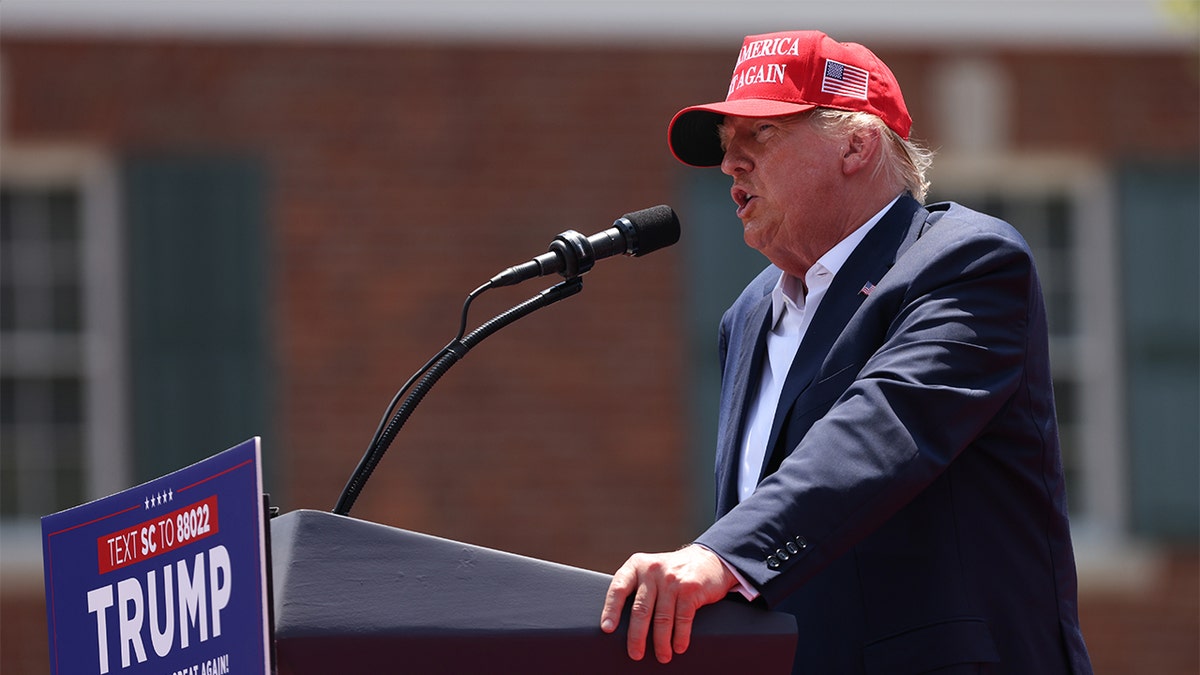
Redefining Diversity and Inclusion: A Merit-Based Model Inspired by College Sports
The discourse surrounding diversity, equity, and inclusion (DEI) has become increasingly polarized, with critics raising concerns about its potential to prioritize representation over merit. President Trump, a vocal opponent of certain DEI practices, has articulated a vision for a system that emphasizes race-blind, merit-based hiring and evaluation, focusing on rewarding the most talented individuals. While his stance has drawn both support and criticism, a closer examination reveals a concern with the potential pitfalls of DEI, particularly tokenism – the practice of including individuals from underrepresented groups without genuine consideration of their qualifications or contributions.
The challenge lies in finding a model that aligns with the president’s vision of meritocracy while still fostering a diverse and inclusive environment. Intriguingly, such a model may already exist within the realm of college sports. College sports teams, driven by the pursuit of excellence and competitive success, offer a compelling example of how diversity can be organically cultivated within a system that prioritizes merit and achievement.
The College Sports Paradigm: Where Merit and Diversity Intersect
Every college sports program, from basketball to football to soccer, strives to achieve peak performance. They aspire to win conference titles, compete at the highest level, and, for some, capture national championships. To achieve these goals, teams must attract and develop top-tier talent. This is where the principles of meritocracy come into play.
Coaches and their staff dedicate considerable time and resources to recruiting promising athletes. They meticulously evaluate potential recruits based on their skills, athletic ability, and overall performance. Platforms like ESPN and 247 Sports provide rankings and evaluations of high school athletes, offering valuable insights to coaches and informing fans about the prospects for their favorite teams.
These rankings serve as a key tool in assessing the quality of incoming freshman classes, providing a reasonable indicator of future success on the court or field. While the transfer portal and NIL (Name, Image, Likeness) deals have introduced new complexities to the recruiting landscape, the underlying principle remains the same: attracting the most talented players is essential for achieving success.
However, talent alone is not enough. Even the most gifted athletes require skilled coaching to reach their full potential. Athletic directors recognize the importance of hiring the best available coaches to build winning cultures and develop student-athletes into well-rounded individuals. These hiring decisions are driven by merit, with a focus on experience, coaching philosophy, and demonstrated ability to cultivate success.
The beauty of this system lies in the fact that diversity is naturally built into the merit-based selection process. A diverse pool of candidates vying for roster spots and coaching positions ensures that the best talent, regardless of background, has the opportunity to shine.
Lessons Learned: Building a Diverse Pipeline
The college sports model highlights the importance of merit as the primary metric for assembling teams and coaching staffs. It also underscores the significance of a large and diverse pool of potential student-athletes and aspiring coaches. This robust pipeline ensures that there are ample opportunities for individuals from all backgrounds to compete and succeed.
The key takeaway is that creating diverse campuses based on merit requires a long-term investment in developing a diverse pipeline. This effort should not be limited to faculty and student recruiting committees or DEI offices on campuses. Instead, it must begin much earlier, in K-12 schools and even in the homes where future leaders are being nurtured.
By focusing on early education and providing equal opportunities for all students, we can create a more level playing field and ensure that individuals from underrepresented groups have the chance to develop the skills and knowledge necessary to succeed in higher education and beyond.
Avoiding the Pitfalls of Shortcuts
Attempts to circumvent the necessary investments in creating a high-quality pipeline can lead to suboptimal outcomes. The Supreme Court’s ruling on affirmative action admissions and the challenges faced by the University of Michigan with its DEI programs serve as cautionary tales. Shortcuts and quota-based systems can undermine the principles of merit and lead to unintended consequences.
True diversity, the kind that enriches and strengthens institutions, cannot be achieved through artificial measures. It must be cultivated organically through a commitment to meritocracy and a dedication to building a diverse pipeline of talent.
A Vision for the Future: Diversity and Merit in Harmony
Diversity and merit are not mutually exclusive; they are complementary forces that can drive innovation and excellence. When diversity excels, merit stands tall alongside it. This is the lesson that college sports teaches us.
By adopting a merit-based model inspired by college sports, we can enhance diversity across all aspects of campus life, from the student body to the faculty. This approach ensures that the highest standards of merit are maintained, fostering a culture of excellence that benefits everyone.
This is the vision that President Trump espouses: a system where individuals are judged on their merits, where opportunities are open to all, and where diversity is celebrated as a source of strength. By embracing this vision, we can create a more just and equitable society where everyone has the chance to reach their full potential.
